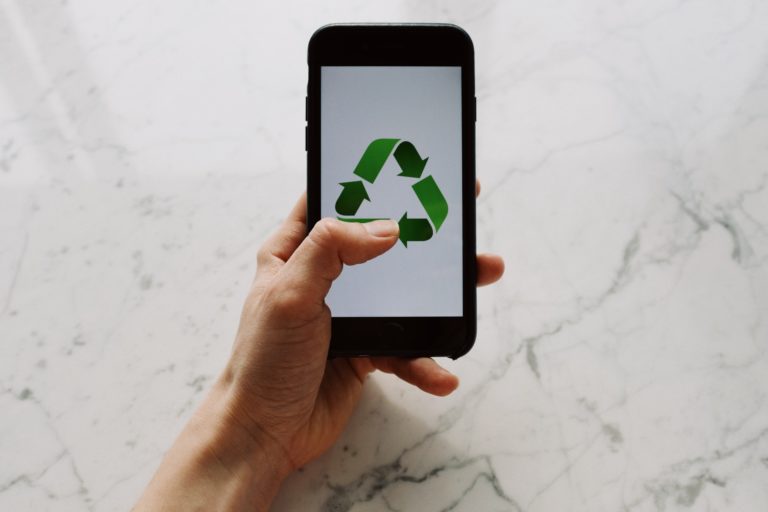WHAT IS GREEN ECONOMY & GREEN CLEANING
Prevailing economic conditions have made life more chaotic and stressful, which results in fast-based lifestyle. The increase in population and their choices to use products which are completely chemical based are polluting the mother-earth constantly. The current economic model across the globe is only based on the parameters of economic development and gaining quicker return over the investment.
Alternatively, experts project a model of economy which will enhance the human well-being and social equity. Green economy is built on the principles that it also reduces the environmental risks and environmental insufficiencies to offer optimum results without any compromise in the quality of life. We can achieve a resilient economy with an enhanced quality of life, without damaging the natural resources around us. By continuously avoiding hazardous materials, we can build a better future with high efficiency of development.
As early as in the 1950s, we learned that the biodegradability of cleaning ingredients was important. Industry started removing ozone-harming chemicals from aerosols in the 1970s. Beginning the 1970s, Laws were passed to limit the use of Phosphorus in household cleaners due to Eutrophication. All of these are examples of green initiatives that took place long before “green” came into vogue. Cleaning products have been becoming “greener” every decade”. Green Cleaning is the commitment to make, use and dispose of cleaners with People, the Environment and Sustainability in mind.
United Nations Environment Program’s Annual report of the year 2010, suggests a green economy by collaboratively working together comprising of both public and private institutions. We can reduce carbon emissions and pollution, and prevent the loss of biodiversity and ecosystems. This ensures a safer environment for generations to come.
Green Cleaning – To some environmental protection agencies “green chemistry” means, “to promote innovative chemical technologies that reduce or eliminate the use or generation of hazardous substances in the design, manufacture, and use of chemical products.” Originally “green” meant the ingredients in cleaners were derived from plants and biodegraded easily after joining our waste streams (e.g. water treatment plants).
To the everyday person cleaning their home, “Green” simply means something better for the environment.
Now, to define Green Cleaning we need to understand what “Better for the Environment” and “hazardous” mean. And that is where the confusion and the opportunities lie.
The Environment is a big place – as big as the Planet. Does “Green” mean safe for fish? Made from plants and not petroleum? Biodegradable? Good for the Air (less smog)? No carcinogens? Less waste in Landfills? Energy conservation? Water conservation? Sustainable ingredients?
The answer is Yes to all the above and more, provided the cleaning product still does what it was intended to do – and that is to Clean! A cleaner that does not clean well is not good for the Environment. It is a waste of resources and energy which is very “un-green”.
There are plenty of organizations that are setting standards and reviewing chemical ingredients and cleaners.
However, there are no standards that, if met, have been proven to be better for the Environment. Also, it is very difficult to prove a cleaner is “hazardous” for the environment. It depends on why, how and how often it is used – not just the ingredients it contains. A useful definition to help us evaluate cleaners is “Risk = Exposure x Hazard.” Any “green” standard that does not take into account exposure is incomplete.
The good news is that Environmental Groups, Legislators and the Industry are working together on continual improvement of the cleaners we use. Although the term “Green” has been with us for only the last decade or so, developing more environmentally-sound cleaning products has been the norm since the 1950s!
Cleaning products have been becoming “greener” every decade – we are just finally talking about it and measuring “how green”.
Green Cleaning is the commitment to make, use and dispose cleaners, with People, Environment and Sustainability in mind.

IS GREEN MORE CLEAN?
So what exactly does it mean to be green?
Does “green” mean consideration of safety for people and animals? Does it mean that a product is made from plants and not solely petroleum? Biodegradable? Less packaging? Recyclable?
Yes, green can means all of those things and much more.
But green must also mean “effective.” A cleaning product that does not clean well is not good for the environment. Producing and packaging a useless cleaning product is a waste of time and energy, which is very “un-green.”
Sustainability.
Sustainability due to Green Cleaning, constantly minimizes cleanings impact on people and the environment. More importantly, the process of sustainability is to be considered as process and not a product, which are the greatest resources for the future.
We are in the urgent need to protect our planet now! With a growing population that is estimated to cross 9 billion by 2050, developed/developing countries will be the greater contributors of pollution, as most of the Industrial growth will happen in developing countries.
Many industries and companies have come forward to work towards finding a solution which can be implemented for the long-term with better consequences.






